Home>Interior Design>Hiring An Architect: How To Commission An Architect
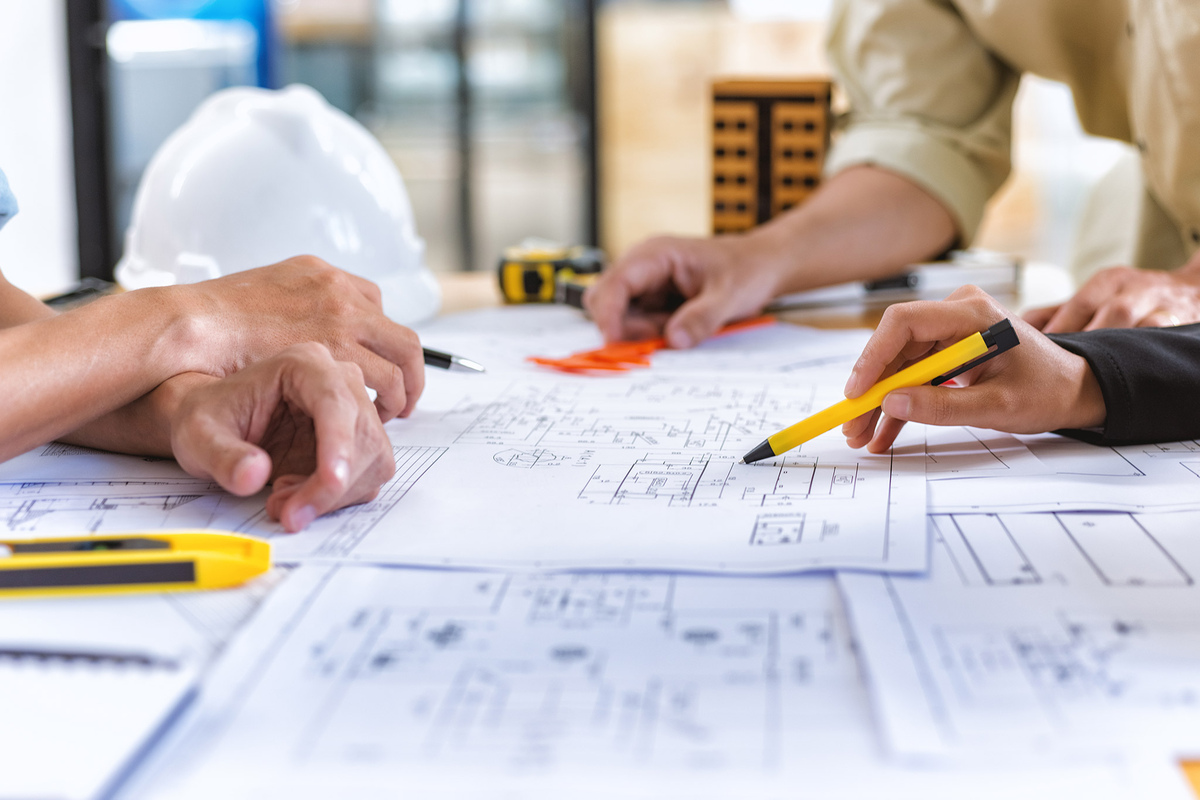

Interior Design
Hiring An Architect: How To Commission An Architect
Modified: January 19, 2024
Looking to hire an architect for your interior design project? Discover expert tips and advice on commissioning an architect to bring your vision to life.
(Many of the links in this article redirect to a specific reviewed product. Your purchase of these products through affiliate links helps to generate commission for Storables.com, at no extra cost. Learn more)
Introduction
When it comes to designing or renovating your home or office space, hiring an architect is a crucial step in ensuring a successful and visually appealing outcome. Architects are professionals who possess expertise in creating functional and aesthetically pleasing structures. Their role extends beyond simply drawing up plans; they also provide valuable insight, guidance, and project management throughout the construction or renovation process.
In this article, we will delve into the importance of hiring an architect and provide a step-by-step guide on how to commission an architect. Whether you are embarking on a new construction project or looking to revamp your existing space, understanding the process of working with an architect is essential for achieving your vision.
By partnering with an architect, you gain access to their extensive knowledge and experience in design principles, building codes, materials, and construction techniques. They have the ability to transform your ideas and requirements into practical solutions, all while considering factors such as functionality, sustainability, and budget constraints.
Having a clear understanding of your project requirements is the first step in hiring an architect. Consider what kind of space you want to create, your preferred architectural style, and any specific features or functionalities you desire. This will help you communicate your vision effectively to potential architects, ensuring a better match between their expertise and your goals.
Once you have a clear vision in mind, it is time to research and shortlist potential architects. Look for firms or individuals who have experience in projects similar to yours. Check their portfolios to get a sense of their design approach, creativity, and attention to detail. This will give you an idea of whether their style aligns with your vision.
After narrowing down your options, it is important to conduct interviews and, if possible, visit sites where the architect has previously worked. This will help you gauge their professional demeanour, communication skills, and ability to understand and translate your ideas into reality. Additionally, visiting their previous projects will allow you to see the quality of their work firsthand and assess whether it meets your expectations.
Once you have found the right architect, it is time to negotiate fees and contracts. Be clear about your budget and discuss the architect’s fee structure. Ensure that all terms and conditions are documented in a formal agreement to avoid any misunderstandings or disputes in the future.
Collaboration is key throughout the project. Regular communication with your architect is vital to ensure that your needs are met and that the design aligns with your vision. Trust their expertise, but also provide feedback and ask questions when necessary.
Monitoring the progress of your project is equally important. Stay involved and informed during each phase of construction or renovation. Regular site visits will help you gauge whether the work is being carried out as planned and within the agreed timeframe.
Finally, evaluating the final results is crucial. Assess how well the architect has executed your vision and whether the end product meets your expectations in terms of design, functionality, and quality. Provide feedback and discuss any alterations or improvements that may be necessary.
Hiring an architect is an investment in your space, and by following these steps, you can ensure a smooth and successful collaboration, resulting in a design that reflects your specific needs and preferences.
Key Takeaways:
- Hiring an architect involves understanding their role, determining project requirements, and collaborating effectively to ensure a successful and satisfying outcome. By following the outlined steps, you can navigate the process with confidence and achieve a space tailored to your needs and aspirations.
- Evaluating the final results of your construction or renovation project is crucial for ensuring that the completed space meets your expectations in terms of design, functionality, and quality. Providing constructive feedback to the project team and celebrating the successful completion are essential steps in the process.
Read more: When To Hire A Landscape Architect
Understanding the role of an architect
An architect plays a vital role in the successful design and execution of a construction or renovation project. They possess a unique skill set that combines artistic vision, technical expertise, and project management capabilities.
At its core, the role of an architect is to bring your ideas and requirements to life by creating functional, aesthetically pleasing spaces. They work closely with clients to understand their needs, preferences, and budget constraints, and then use their expertise to translate those into practical design solutions.
Architects are not limited to creating beautiful facades or floor plans. They have a deep understanding of building codes, regulations, and construction techniques, allowing them to design safe and structurally sound spaces. From selecting appropriate materials to considering environmental sustainability, an architect takes into account every aspect of the project to create a space that is both visually appealing and functional.
Another important aspect of an architect’s role is project management. They oversee the entire design and construction process, coordinating with builders, engineers, and other professionals to ensure that the project progresses smoothly and stays on track. They are responsible for making critical decisions, problem-solving, and ensuring that the final result aligns with the client’s vision and meets all necessary standards.
In addition to technical expertise, architects bring a creative and innovative approach to every project. They possess a keen eye for detail, proportion, and spatial relationships. They consider factors such as lighting, acoustics, and ergonomics to create spaces that not only look visually appealing but also enhance the quality of life for the occupants.
Collaboration is a key aspect of an architect’s role. They work closely with clients, involving them in the design process and seeking their input and feedback. Architects take the time to understand the unique needs and aspirations of their clients, ensuring that the final design reflects their personality and lifestyle.
Architects also collaborate with various professionals in the construction industry, such as engineers, contractors, and interior designers. They work together as a team to ensure that all aspects of the project, from the structure to the interior finishes, seamlessly come together to create a cohesive and harmonious space.
In summary, the role of an architect is multi-faceted. They are not only designers but also project managers, problem solvers, and creative thinkers. They bring a holistic approach to every project, combining technical knowledge with artistic vision to create spaces that are both functional and visually appealing.
By understanding the role of an architect and their expertise, you can effectively collaborate with them and make the most of their skills to bring your dream project to life.
Determining your project requirements
Before embarking on a construction or renovation project, it is essential to determine your project requirements. This involves clearly defining your needs, goals, and aspirations for the space you wish to create. By identifying these factors, you can effectively communicate your vision to the architect, ensuring that they understand your expectations and can create a design that aligns with your specific requirements.
When determining your project requirements, consider the following:
- Functionality: Think about how you intend to use the space. What are the main functions it needs to fulfill? For example, if it’s a residential project, consider the number of bedrooms, bathrooms, and living areas you require. If it’s a workspace, think about the number of workstations, meeting rooms, and storage areas needed. Understanding the functionality will help the architect design a layout that optimizes the use of the space.
- Style and Aesthetics: Consider the architectural style or aesthetic you prefer. Do you lean towards a modern, minimalist design or a more traditional look? Look for inspiration in magazines, online platforms, or even by visiting architectural landmarks. Collect images and ideas that resonate with you and share them with the architect. This will give them a clear understanding of the design direction you envision.
- Budget: Determine your budget for the project. This will help the architect guide the design process and make appropriate recommendations based on the available resources. Be transparent about your budgetary constraints, as it will allow the architect to find creative solutions that meet both your vision and financial limitations.
- Sustainability: Consider incorporating sustainable design principles into your project. Think about energy efficiency, the use of eco-friendly materials, and strategies to reduce the impact on the environment. Discuss your sustainability goals with the architect, as they can suggest innovative solutions and design elements to achieve your desired level of environmental responsibility.
- Future Plans: Consider any potential future plans or needs for the space. Will you need room for expansion or adaptability in the design? Communicating your long-term objectives to the architect will help them incorporate flexibility into the design, allowing for future modifications or additions, if necessary.
It is important to have a clear understanding of these project requirements before approaching an architect. Take the time to reflect on your needs, budget, and design preferences. Collate your thoughts, inspirations, and ideas into a brief that can be shared with the architect. This brief will serve as a foundation for discussion and will help them develop a design plan that aligns with your vision.
Remember, the more detailed and clear you are in communicating your project requirements, the better the architect can understand your expectations and tailor the design to meet your needs. Ultimately, a well-defined brief will set the stage for a successful collaboration and ensure that the resulting space exceeds your expectations.
Researching and shortlisting potential architects
Once you have determined your project requirements, it’s time to start researching and shortlisting potential architects who can bring your vision to life. This step is crucial as finding the right architect is key to the success of your project. Here are some steps to guide you through the process:
- Ask for recommendations: Begin by asking friends, family, or colleagues for recommendations. If they have worked with architects in the past, they can provide valuable insights and first-hand experiences. Collect a list of architects who have a good reputation and positive feedback.
- Online research: Utilize online platforms and directories to expand your list of potential architects. Many architects have their own websites or online portfolios, allowing you to explore their previous work and get a sense of their style and design approach. Look for architects who have experience in projects similar to yours.
- Consider credentials and certifications: Check whether the architects you are considering are registered and licensed professionals. Architects who are members of professional organizations, such as the American Institute of Architects (AIA) or the Royal Institute of British Architects (RIBA), often adhere to high standards of ethics and expertise.
- Review portfolios: Take the time to review the portfolios of potential architects. Look for diverse projects that demonstrate their versatility and creativity. Pay attention to the design aesthetic, attention to detail, and quality of work. This will help you determine if their style aligns with your vision.
- Read client reviews and testimonials: Look for client reviews and testimonials on the architect’s website or other online platforms. Reading about the experiences of previous clients can provide insights into their professionalism, communication skills, and ability to meet deadlines and expectations.
- Check for awards and recognition: Consider architects who have received awards or recognition for their work. This indicates their expertise and the quality of their designs. It signifies that they have been acknowledged by their peers and industry professionals for their outstanding contributions.
- Visit completed projects: If possible, visit completed projects by the architects on your shortlist. This will allow you to see their work firsthand and assess the quality of craftsmanship. Pay attention to the functionality, attention to detail, and the overall ambiance of the spaces they have designed.
- Arrange initial consultations: Once you have narrowed down your list, arrange initial consultations with the shortlisted architects. This will provide an opportunity to discuss your project, ask questions, and gauge their understanding of your vision and requirements. Look for architects who actively listen, ask relevant questions, and provide thoughtful suggestions.
During the research and shortlisting process, it is crucial to find architects who not only have the technical skills and experience but also have a good rapport and effective communication style. Building a strong working relationship with your architect is essential for a successful collaboration.
By thoroughly researching and shortlisting potential architects, you increase your chances of finding an architect who is a good fit for your project. Take the time to evaluate their expertise, review their portfolio, and meet them personally. This will help you make an informed decision and ensure that you choose an architect who can transform your vision into a reality.
Assessing an architect’s portfolio and experience
When considering hiring an architect for your project, it is crucial to assess their portfolio and experience. An architect’s portfolio provides a glimpse into their past work, design sensibilities, and capabilities. Evaluating their portfolio and understanding their experience will help you determine if they are the right fit for your project. Here’s how you can assess an architect’s portfolio and experience:
- Review the range of projects: Look through the architect’s portfolio and assess the variety of projects they have completed. Pay attention to the range of project types, such as residential, commercial, or institutional, and determine if they have experience in projects similar to yours. This will indicate their versatility and ability to adapt their design skills to different contexts.
- Consider the design aesthetic: Take note of the architect’s design aesthetic and style. Assess whether their design philosophy aligns with your vision and preferences. Keep in mind that while architects can adapt to different styles, finding one whose aesthetic resonates with your taste will lead to a more harmonious collaboration.
- Examine attention to detail: Look closely at the architect’s work for attention to detail. Assess their ability to create well-considered spaces that showcase meticulous design elements. A focus on detail demonstrates a commitment to quality and craftsmanship.
- Assess functionality: Consider how well the spaces in the architect’s portfolio are designed for functionality. Look for layouts that optimize space, flow, and usability. Assess their ability to balance aesthetics with practical considerations, ensuring that the designs are not only visually pleasing but also highly functional.
- Evaluate creativity and innovation: Look for creative and innovative design solutions in the architect’s portfolio. Assess their ability to think outside the box and push boundaries, bringing fresh ideas to the table. Consider whether they have successfully implemented unique design elements or incorporated sustainable practices into their projects.
- Verify project success: Determine the success of the architect’s past projects. Look for indications of satisfied clients, positive testimonials, and successful collaborations with contractors and other professionals. This demonstrates their ability to manage projects effectively, meet deadlines, and deliver satisfactory results.
- Consider experience in project management: Assess the architect’s experience in project management. Look for evidence of their ability to successfully coordinate with contractors, engineers, and other consultants to ensure a seamless construction process. A strong project management background is key to ensuring that your project runs smoothly from start to finish.
- Check for professional recognition: Look for any professional recognition or awards that the architect has received. This signifies their expertise and the high standard of their work. It highlights their ability to stand out in the industry and showcases their commitment to excellence.
While assessing an architect’s portfolio and experience, keep in mind that each project is unique, and the architect’s design approach may vary to suit the client’s specific requirements. Take the time to understand the context of each project in the portfolio and assess how well the architect has addressed the client’s needs and aspirations.
By thoroughly reviewing an architect’s portfolio and considering their experience, you can gain valuable insights into their design sensibilities, technical capabilities, and project management skills. This assessment will guide you in making an informed decision and selecting the architect who is best suited to bring your vision to life.
Read more: How To Commission Decorative Plasterwork
Conducting interviews and site visits
After shortlisting potential architects based on their portfolio and experience, it is important to conduct interviews and site visits to further assess their suitability for your project. This step allows you to engage in direct communication, evaluate their approach to design, and gain a better understanding of their working style. Here are some key points to consider when conducting interviews and site visits:
- Prepare a list of questions: Before the interview, prepare a list of questions to ask the architect. Tailor these questions to your specific project requirements, design goals, and concerns. Ask about their design process, previous experience with similar projects, their understanding of sustainability, project timeline expectations, and how they handle potential challenges.
- Explore their communication style: During the interview, pay attention to the architect’s communication style. Assess their ability to listen actively, ask clarifying questions, and provide articulate and thoughtful responses. Effective communication is vital for a successful collaboration, so ensure that you feel comfortable expressing your ideas and concerns to the architect.
- Assess their understanding of your vision: Discuss your project vision with the architect and assess their understanding of your goals and aspirations. A good architect should be able to grasp your vision and provide insightful suggestions that align with your preferences. Look for examples of how they have translated client goals into successful design solutions in the past.
- Review their project management capabilities: Inquire about the architect’s project management capabilities during the interview. Ask how they handle project timelines, budget management, and coordination with contractors and other professionals. Their ability to effectively manage the project from conception to completion is crucial for a smooth and successful construction process.
- Request references: Ask the architect for references from previous clients. Contact these references to gain a better understanding of their experience working with the architect. Inquire about their satisfaction with the design process, communication, and the overall outcome of their project. This will provide valuable insights into the architect’s professionalism and ability to meet expectations.
- Visit completed projects: Plan site visits to completed projects in the architect’s portfolio. Walking through these spaces will allow you to experience the design firsthand and evaluate the quality of craftsmanship. Assess whether the finished projects reflect the architect’s design philosophy and if they align with your expectations in terms of aesthetics, functionality, and attention to detail.
- Evaluate their enthusiasm and passion: Consider the architect’s level of enthusiasm and passion for their work. Assess whether they are genuinely interested in your project and excited about the opportunity to bring your vision to life. A passionate architect will go the extra mile to ensure that your project receives the attention and creativity it deserves.
- Consider rapport and compatibility: Pay attention to the rapport and chemistry between you and the architect. A positive working relationship and mutual compatibility are vital for a successful collaboration. Feel free to discuss your expectations, preferred communication style, and any other relevant details to ensure a good fit.
Conducting interviews and site visits allows you to assess the architect’s professional capabilities, design approach, and compatibility with your project. Remember, it is important to choose an architect who not only has the technical expertise but also understands your vision and can effectively communicate and collaborate with you throughout the process.
By investing time in conducting interviews and site visits, you can make an informed decision and select the architect who best aligns with your project requirements, goals, and working style.
When hiring an architect, be sure to clearly communicate your budget, timeline, and expectations. This will help the architect understand your needs and deliver a design that meets your requirements.
Negotiating fees and contracts
Once you have selected an architect who fits your project requirements, the next step is to negotiate fees and finalize the contract. This phase is crucial as it establishes the financial and legal framework for the collaboration. Here are some key considerations when negotiating fees and contracts with your chosen architect:
- Understand the fee structure: Familiarize yourself with the architect’s fee structure and how they charge for their services. Architects typically charge based on a percentage of the project cost, a fixed fee, or an hourly rate. Clarify what is included in the fee, such as design development, construction documents, site visits, and project management.
- Discuss the project scope: Clearly define the scope of the project with the architect to establish a mutual understanding of what will be delivered. This includes defining the deliverables, milestones, and any additional services required, such as interior design or landscape architecture. This will help ensure that both parties are aligned on the project scope and avoid any misunderstandings later on.
- Communicate your budget: Be transparent about your budget and financial limitations with the architect. Share your budget constraints early in the negotiations to ensure that the architect can provide design solutions that fit within your financial parameters. A good architect will work with you to find creative ways to optimize the design while respecting your budget.
- Discuss payment terms: Negotiate the payment terms with the architect. Determine the schedule and method of payments, such as monthly installments or milestone-based payments. Clearly outline the due dates and any penalties or incentives for timely payments. This will help establish a financial arrangement that is fair and mutually beneficial.
- Review the contract: Carefully review the contract provided by the architect. Ensure that it includes all the agreed-upon terms, project scope, fee structure, payment schedule, and any specific provisions or conditions. Seek legal advice if necessary to understand the terms and protect your interests. Make sure both parties sign the contract before commencing work on the project.
- Address additional costs: Discuss how additional costs or changes to the project scope will be managed. Establish a procedure for addressing changes, additional fees, or unforeseen circumstances that may impact the budget and timeline. By addressing these issues upfront, you can maintain open communication and avoid disputes later in the project.
- Establish clear communication channels: Clearly define the communication channels and frequency of updates with the architect. Establish how you will be involved in the decision-making process and ensure that your feedback and concerns will be addressed promptly. This will help foster effective collaboration and ensure that you stay informed throughout the project.
- Build a working relationship: Negotiating fees and contracts is an opportunity to establish a positive working relationship with the architect. Maintain a respectful and open dialogue throughout the process, and express your eagerness to work closely with them to achieve your vision. Building a strong working relationship will set the foundation for a successful collaboration.
Remember, negotiating fees and contracts is a crucial step in ensuring a clear understanding between you and the architect. It provides a framework for the project’s financial and legal aspects. By openly discussing fees, scope, and expectations, you can establish a solid foundation for a successful collaboration.
Always ensure that you have a thorough understanding of the contract terms and seek legal advice if necessary. A well-defined and mutually agreed-upon contract will help protect your interests and ensure that the project progresses smoothly.
Collaborating with your chosen architect
Collaboration with your chosen architect is a crucial aspect of turning your architectural vision into a reality. Building an effective working relationship will ensure that your requirements are understood, and the design reflects your aspirations. Here are key points to consider when collaborating with your architect:
- Establish open lines of communication: Good communication is vital for a successful collaboration. Maintain regular and open lines of communication with your architect. Clearly express your preferences, concerns, and aspirations. Encourage the architect to ask questions and seek clarification when needed. By fostering effective communication, you can ensure that everyone is on the same page throughout the project.
- Be open to the architect’s expertise: While it’s important to convey your ideas and preferences, remember that architects are professionals with expertise in design and construction. Be open to their suggestions and ideas. They may propose design solutions that enhance your vision while addressing functional or budgetary considerations. Trust their expertise and consider their recommendations with an open mind.
- Provide timely feedback: Collaboration is a two-way process. Provide timely feedback and respond promptly to queries or design proposals from your architect. Active involvement throughout the design and construction process is essential to ensure that your vision is effectively translated into the final result.
- Participate in design discussions: Engage in design discussions with your architect. Attend design review meetings and express your opinions on design concepts, material selections, and finishes. Your input and feedback are valuable in refining the design and ensuring that it aligns with your preferences.
- Review design iterations: During the design process, your architect will present design iterations for your review. Take the time to carefully review and provide constructive feedback on each iteration. This iterative process allows for refinement and improvement, ensuring that the final design is a true representation of your vision.
- Consider cost implications: Collaborate with your architect to strike a balance between design aspirations and budget constraints. Discuss the cost implications of various design decisions and materials. The architect can provide insights into cost-effective alternatives while maintaining the design intent. Work together to make informed decisions that align with your vision and budget.
- Attend site visits: Engage in regular site visits with your architect. This allows you to monitor the construction progress, ask questions, and ensure that the design is being executed as planned. Site visits also provide an opportunity to address any unexpected issues that may arise during construction.
- Celebrate milestones: Acknowledge and celebrate project milestones with your architect. This helps build a positive and collaborative atmosphere. Recognize and appreciate the efforts of the architect and the entire project team, as their hard work contributes to the success of your project.
- Be respectful and open-minded: Maintain a respectful and open-minded attitude throughout the collaboration. Listen to the architect’s professional advice and be open to options that may differ from your initial expectations. Remember that the goal is to create a harmonious and successful design, and this may require flexibility and compromise.
- Provide a constructive review: At the end of the project, provide your architect with a constructive review of their work. Share your overall satisfaction with the design process, execution, and the final result. This feedback will not only help them improve their practice but also serve as a recommendation for potential future clients.
Collaborating with your chosen architect is a dynamic and interactive process. By maintaining open communication, providing timely feedback, and embracing their expertise, you can foster a productive working relationship. Remember, the collaboration should be a partnership, with both parties working together to bring your architectural vision to life.
Through effective collaboration, you can ensure that the final design not only meets your requirements but also exceeds your expectations, resulting in a space that inspires and delights.
Monitoring the progress of your project
Monitoring the progress of your project is a critical part of ensuring that it stays on track and meets your expectations. By actively observing and engaging in the construction or renovation process, you can address any issues promptly and ensure that the project stays aligned with your vision. Here are key points to consider when monitoring the progress of your project:
- Regular site visits: Plan regular site visits to the construction or renovation site. This allows you to observe the progress firsthand and address any concerns or questions with the project team. During site visits, take note of the construction quality, adherence to the design plan, and the overall progress of the project.
- Document progress: Keep a detailed record of the project’s progress. Take photos, make notes, and maintain a journal highlighting any noteworthy aspects or issues that require attention. This documentation will serve as a reference and help you track the project’s evolution.
- Communicate with the project team: Maintain open communication with the project team, including the architect, contractor, and other professionals involved in the project. Regularly check in with them to receive updates on the progress and address any concerns or questions you may have. Effective communication will enable you to identify and resolve any potential issues early on.
- Address changes promptly: If any changes or deviations from the original plan arise during construction, address them promptly. Collaborate with the architect and project team to evaluate the impact of these changes on the design, timeline, and budget. It is crucial to make informed decisions and ensure that any changes are implemented correctly.
- Monitor budget and timeline: Keep a close eye on the project budget and timeline. Regularly review the financial statements and track expenses against the agreed-upon budget. Discuss any cost overruns with the project team and make necessary adjustments to keep the project financially viable. Monitor the timeline to ensure that it aligns with the projected schedule and address any delays or deviations promptly.
- Attend project meetings: Participate in project meetings with the architect and project team. This allows you to stay updated on the project’s progress, upcoming milestones, and any potential challenges. Provide your input during these meetings and discuss any design or construction-related matters to ensure that your vision is being realized effectively.
- Review and approve major decisions: Review and approve major decisions that may arise during construction. This includes material selections, finishes, and any design modifications. Collaborate with the architect to ensure that these decisions align with your vision and expectations.
- Monitor quality and craftsmanship: Pay close attention to the quality of the construction work and craftsmanship. Assess the level of detail, accuracy in execution, and adherence to the design plans. Address any quality issues with the project team to ensure that the final result meets your standards.
- Address concerns and conflicts: If any concerns or conflicts arise during the project, address them promptly. Maintain open communication with the project team and work together to find solutions. Engaging in proactive problem-solving will help mitigate issues and ensure the project’s success.
- Celebrate milestones: Celebrate major milestones during the project, such as the completion of key phases or the overall project completion. This fosters a positive atmosphere during the construction process and acknowledges the hard work and dedication of the project team.
By actively monitoring the progress of your project, you can maintain control, address issues, and ensure that the final result meets your expectations. Remember to communicate openly, attend site visits regularly, and stay involved in the decision-making process. This level of involvement will lead to a successful and satisfying outcome for your construction or renovation project.
Read more: What Is Pre-Commissioning In Construction
Evaluating the final results
As your construction or renovation project nears completion, it is crucial to evaluate the final results to ensure that they meet your expectations and requirements. This evaluation process allows you to assess the overall quality of the work, determine if any adjustments are needed, and provide valuable feedback to the project team. Here are key points to consider when evaluating the final results:
- Inspect the completed project: Take the time to thoroughly inspect the completed project. Walk through the space and assess every detail, noting any areas that require attention, adjustments, or improvements. Pay attention to the quality of workmanship, finishes, and adherence to the design plan.
- Compare against the initial vision: Compare the final result against your initial vision and project requirements. Evaluate whether the design, functionality, and aesthetics align with your expectations. Consider whether the architect has successfully translated your vision into a reality.
- Assess functionality: Evaluate the functionality of the completed space. Consider how well it meets your original requirements and whether it effectively serves its intended purpose. Assess the flow, usability, and practicality of the design in relation to your day-to-day activities.
- Review the design intent: Review the design intent and determine if it has been successfully executed. Assess whether the design elements, materials, and details reflect the intended aesthetic and ambiance. Consider whether the design stands on its own as a cohesive and visually appealing space.
- Evaluate quality and craftsmanship: Evaluate the overall quality of the construction work and craftsmanship. Assess the attention to detail, accuracy in execution, and the level of skill demonstrated by the project team. Ensure that the final result meets your standards of quality.
- Consider practicality and usability: Consider the practicality and usability of the completed space. Assess whether the layout, storage solutions, fixtures, and fittings effectively meet your needs and enhance your daily life or work environment. Ensure that the space is comfortable, functional, and suited to your desired functions.
- Identify any areas for improvement: Identify any areas that require improvement or adjustments. This could include minor cosmetic touch-ups, adjustments to lighting or furniture placement, or addressing any functional issues that may have surfaced during your evaluation. Communicate these concerns to the architect and project team for possible remedies.
- Provide constructive feedback: Provide constructive feedback to the project team, including the architect, contractor, and other professionals involved. Share your thoughts on what worked well and areas that may require attention or improvement. This feedback is valuable for both acknowledging their efforts and guiding potential refinements.
- Celebrate the successful completion: Celebrate the successful completion of your project! Take the time to appreciate the hard work and dedication that went into bringing your vision to life. Celebrate the collaboration and the achievement of creating a space that meets your desires and requirements.
- Learn from the process: Reflect on the entire process of your construction or renovation project. Consider the lessons learned, challenges faced, and successes achieved. This self-reflection will help inform future projects and enable you to apply your knowledge and experience to future endeavors.
By evaluating the final results of your project, you can ensure that the completed space meets your expectations in terms of design, functionality, and quality. Provide valuable feedback to the project team, acknowledging their efforts and offering suggestions for potential improvements. Celebrate the successful completion of your project and grow from the valuable experience gained throughout the construction or renovation process.
Conclusion
Hiring an architect and embarking on a construction or renovation project is an exciting journey that allows you to transform your vision into a tangible reality. By understanding the role of an architect, determining your project requirements, researching and shortlisting potential architects, assessing their portfolio and experience, conducting interviews and site visits, negotiating fees and contracts, collaborating throughout the project, monitoring its progress, and evaluating the final results, you can ensure a successful and satisfying outcome.
An architect brings expertise, creativity, and technical knowledge to the table, translating your ideas into functional and visually appealing spaces. Their collaboration is crucial in guiding the design process, managing the project, and ensuring that your requirements are met. Through effective communication, timely feedback, and an open-minded approach, you can achieve a harmonious collaboration and pave the way for success.
By carefully monitoring the progress of your project and providing valuable input, you can address any concerns or issues promptly, ensuring that the end result aligns with your expectations. Evaluate the final results to assess the quality of workmanship, compliance with the design plan, and functionality of the space. Provide constructive feedback to the project team to acknowledge their efforts and guide potential improvements. Celebrate the successful completion of your project and reflect on the lessons learned for future ventures.
The process of hiring an architect and collaborating on a construction or renovation project requires active engagement, effective communication, and trust in the architect’s expertise. By following the steps outlined in this article, you can navigate the process with confidence and achieve a space that is not only aesthetically pleasing but also perfectly tailored to your needs and aspirations.
Remember, the journey of creating a space is a collaborative endeavor, and the architect is your partner in bringing your vision to life. Embrace the opportunity to work closely with them and enjoy the remarkable transformation that architecture can bring to your environment.
Frequently Asked Questions about Hiring An Architect: How To Commission An Architect
Was this page helpful?
At Storables.com, we guarantee accurate and reliable information. Our content, validated by Expert Board Contributors, is crafted following stringent Editorial Policies. We're committed to providing you with well-researched, expert-backed insights for all your informational needs.
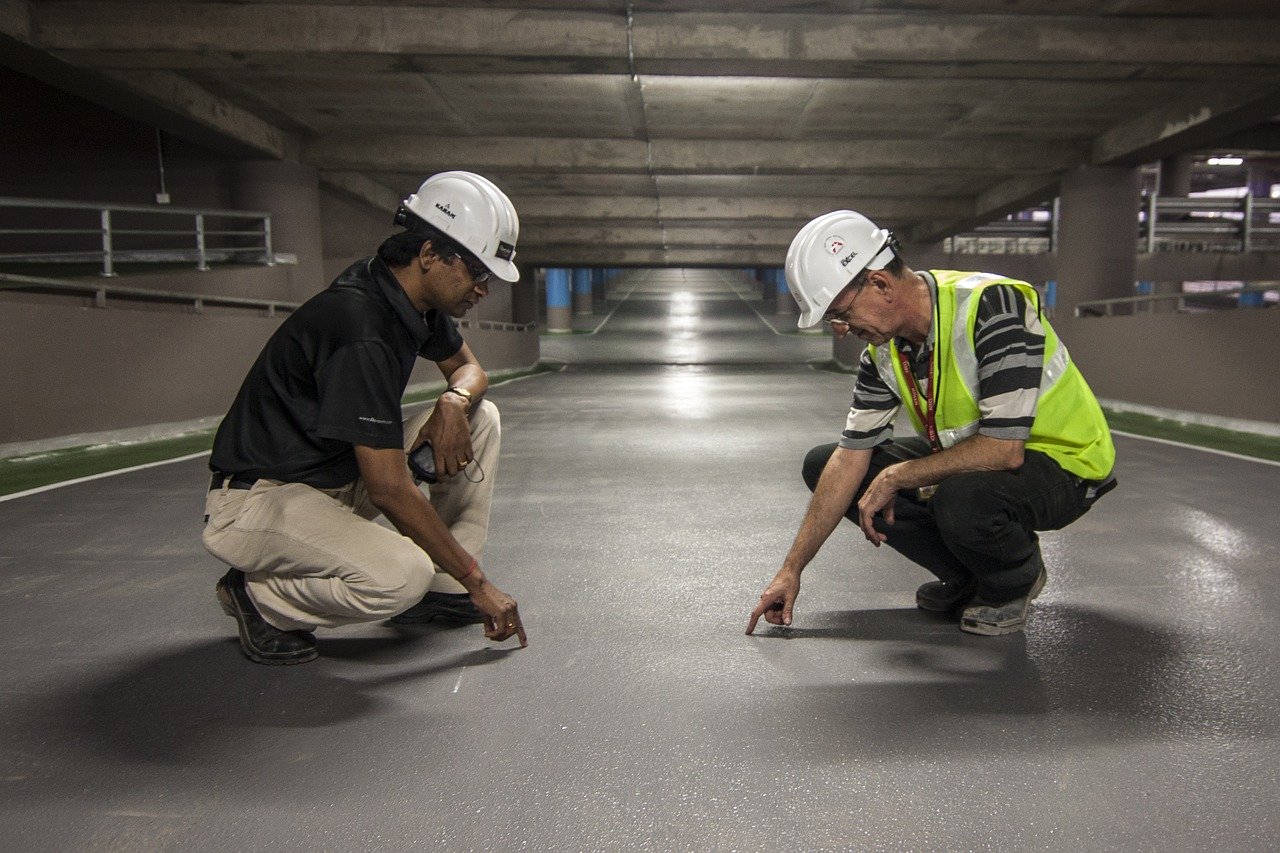


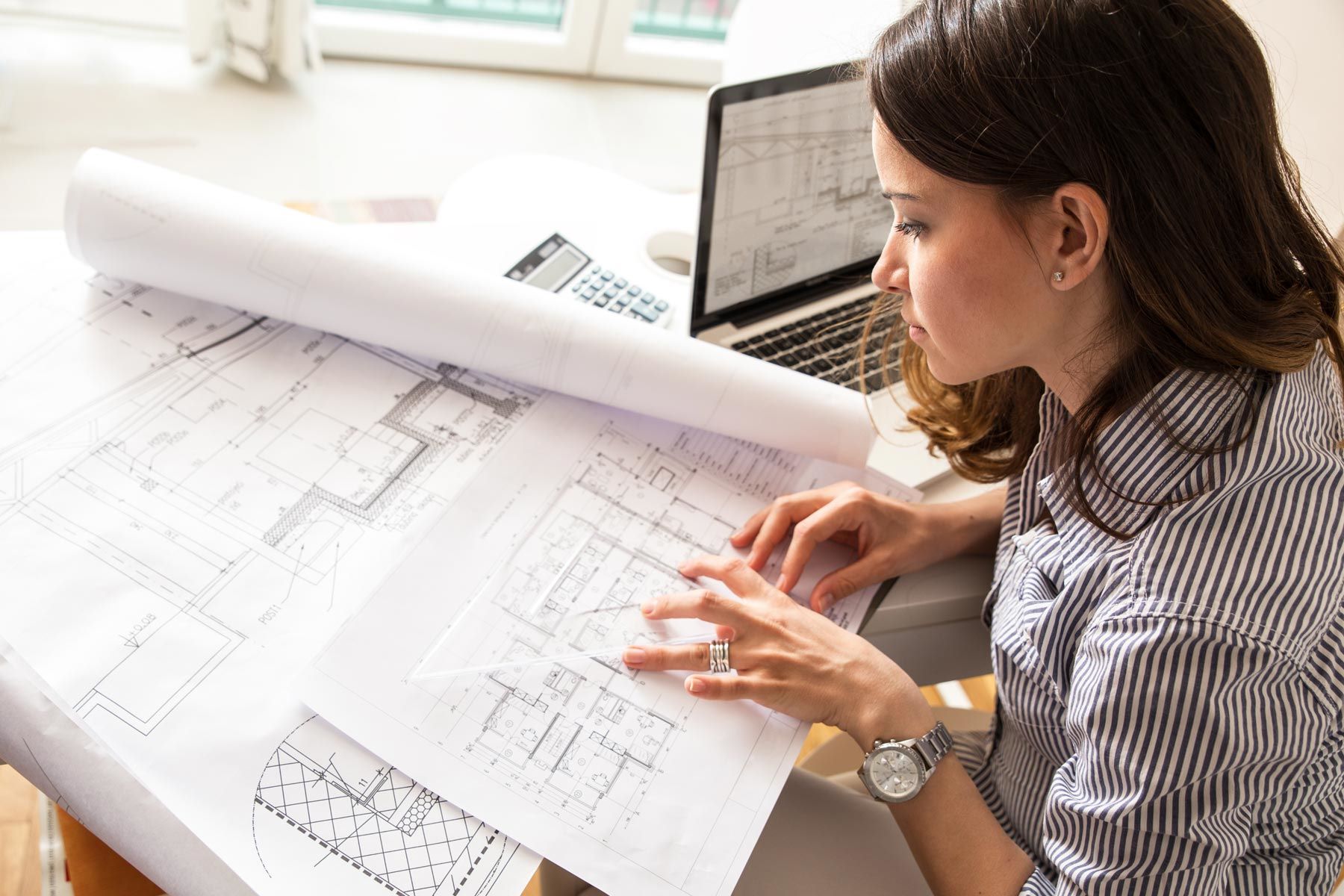
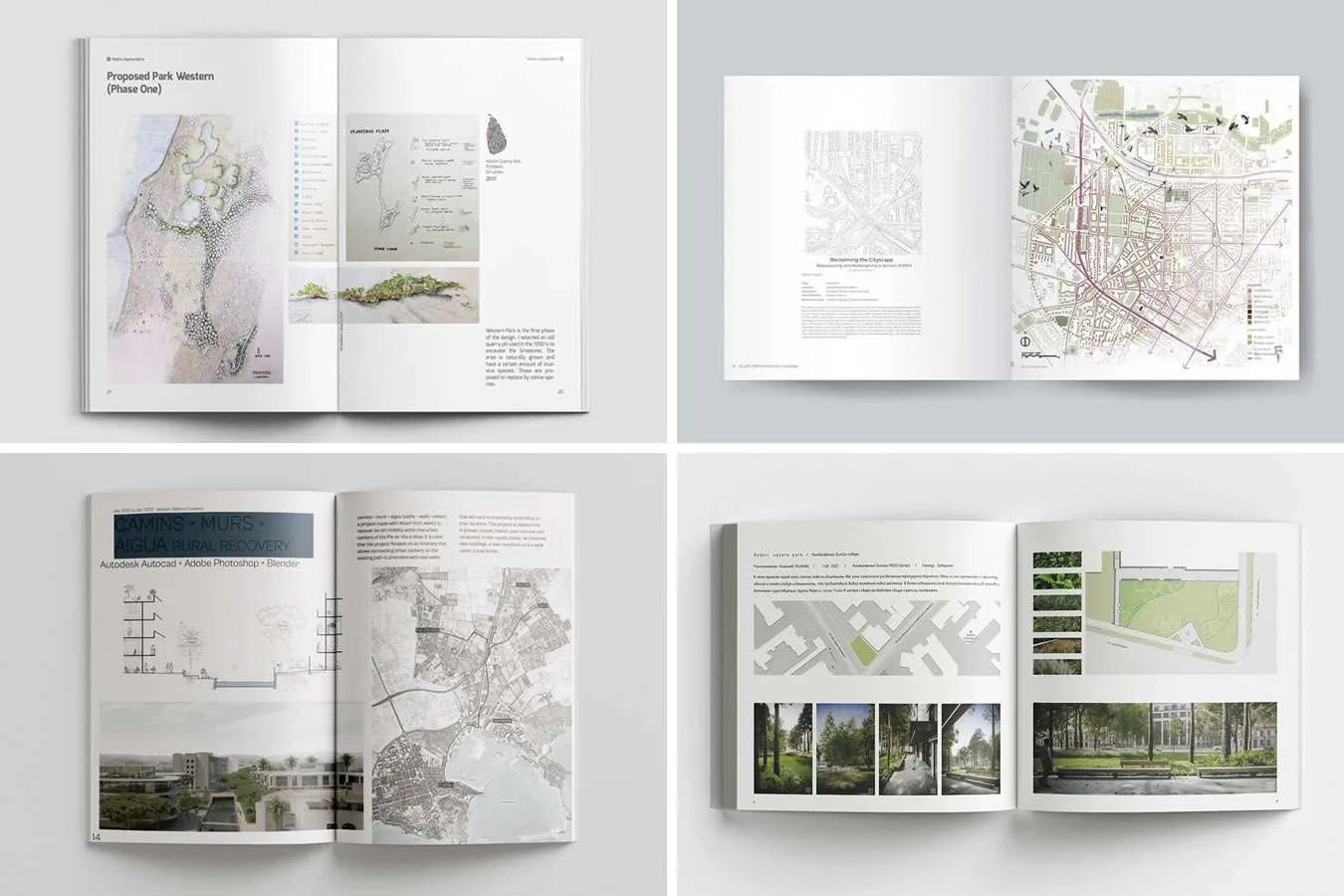

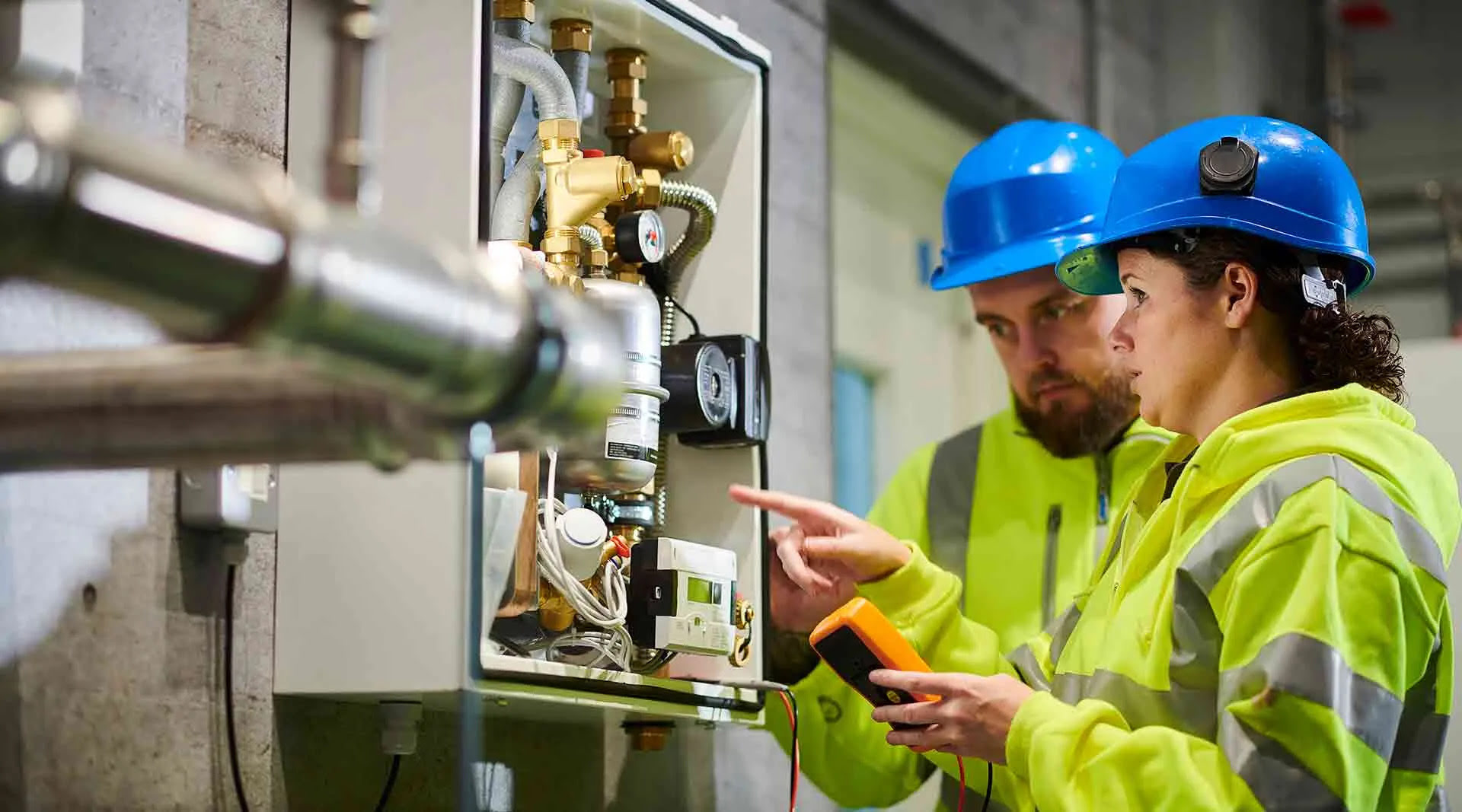
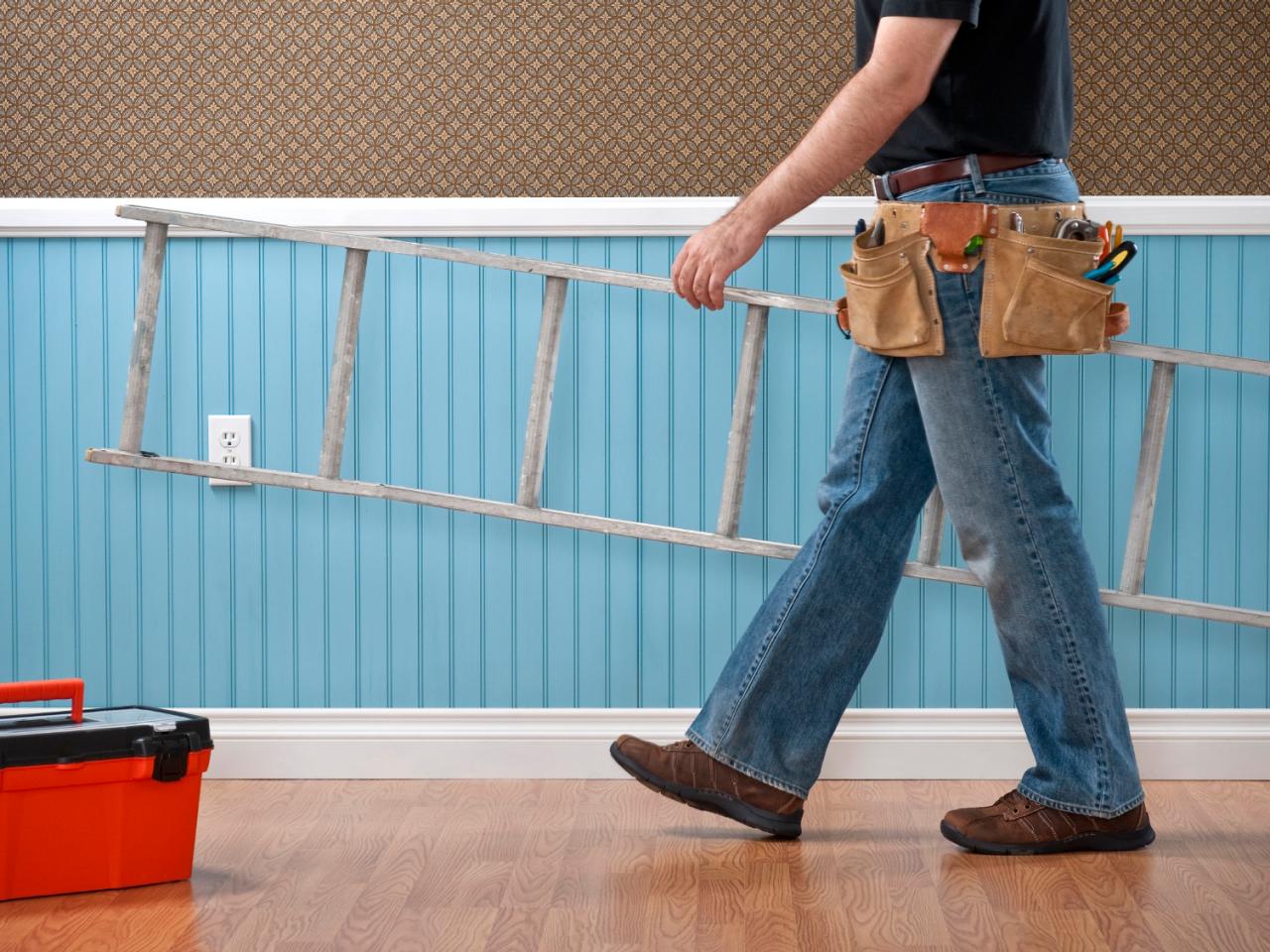
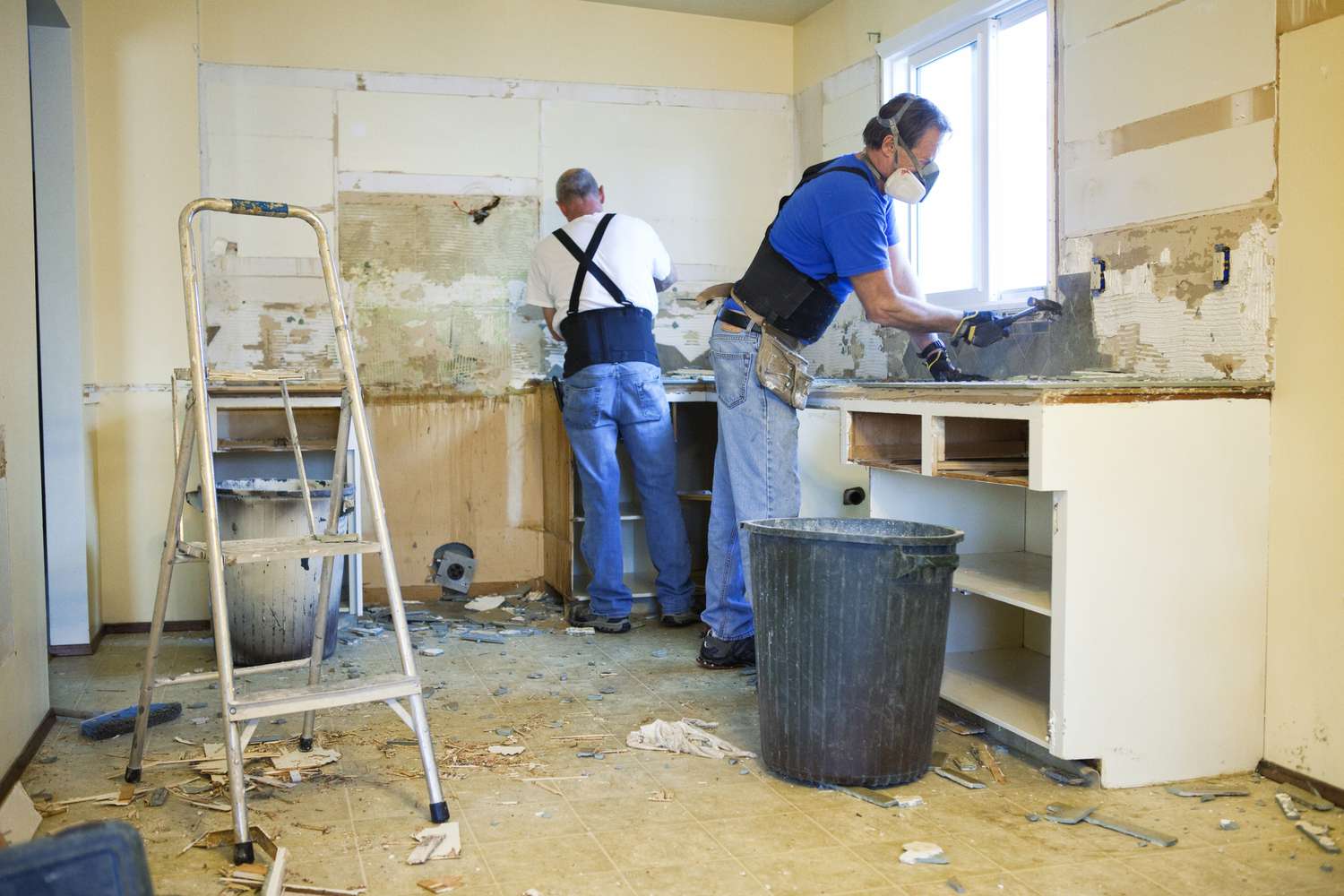
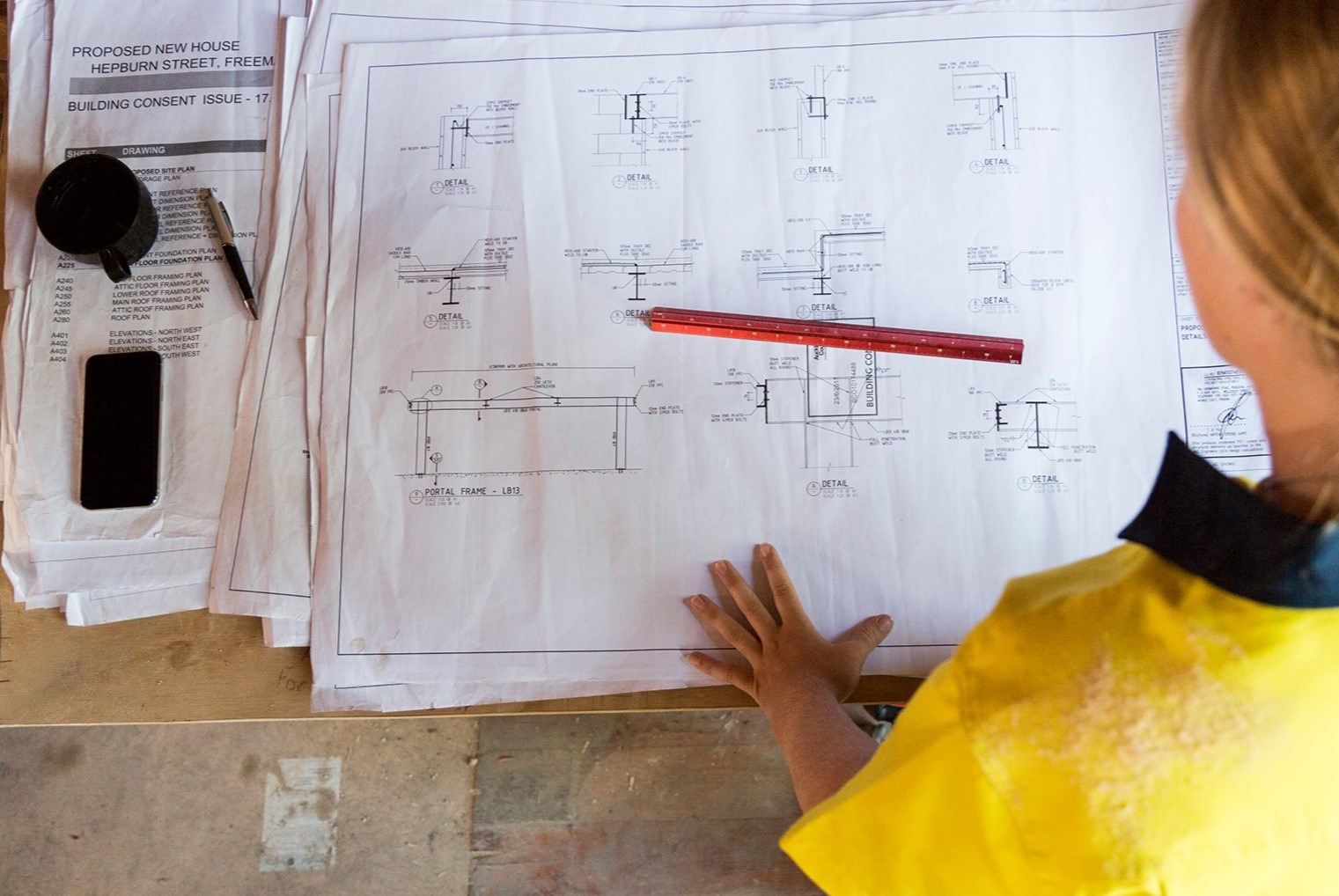




0 thoughts on “Hiring An Architect: How To Commission An Architect”